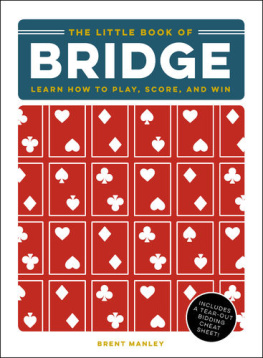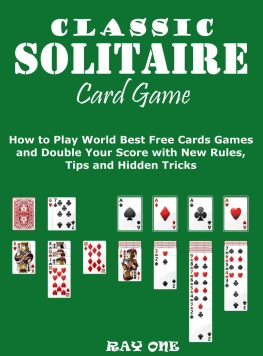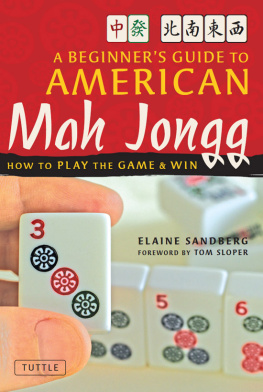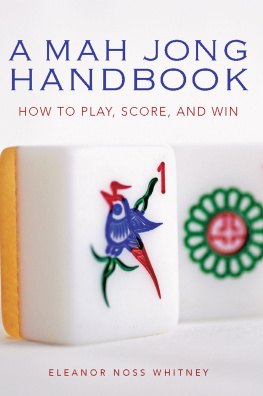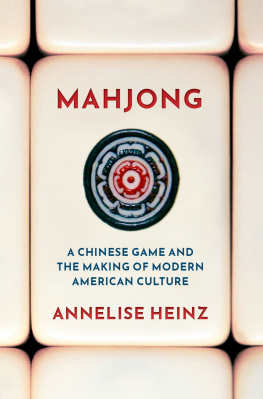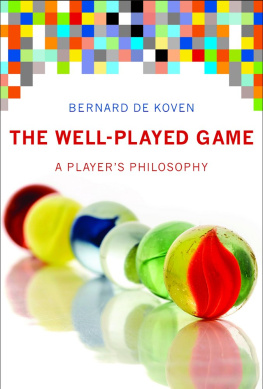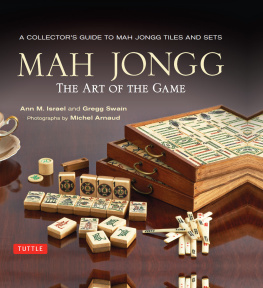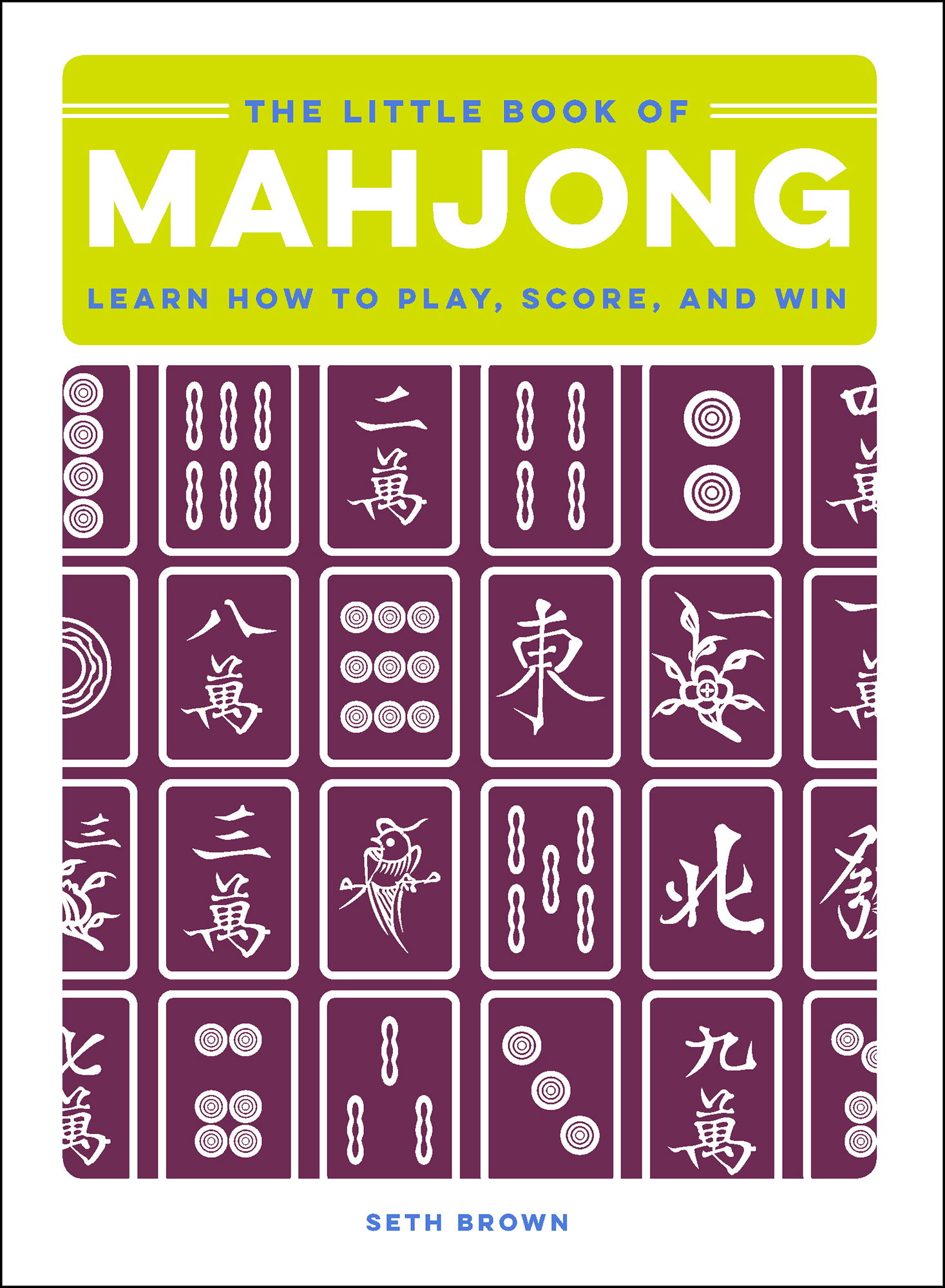Contents
Guide

Adams Media
An Imprint of Simon & Schuster, Inc.
57 Littlefield Street
Avon, Massachusetts 02322
www.SimonandSchuster.com
Copyright 2018 by Simon & Schuster, Inc.
All rights reserved, including the right to reproduce this book or portions thereof in any form whatsoever. For information address Adams Media Subsidiary Rights Department, 1230 Avenue of the Americas, New York, NY 10020.
First Adams Media hardcover edition June 2018
ADAMS MEDIA and colophon are trademarks of Simon & Schuster.
For information about special discounts for bulk purchases, please contact Simon & Schuster Special Sales at 1-866-506-1949 or .
The Simon & Schuster Speakers Bureau can bring authors to your live event. For more information or to book an event contact the Simon & Schuster Speakers Bureau at 1-866-248-3049 or visit our website at www.simonspeakers.com.
Interior design by Colleen Cunningham
Interior images by Kathy Konkle; 123RF/sahua
Technical review by Joan Mello
Cover design by Katrina Machado
Cover images Getty Images/TC39
Library of Congress Cataloging-in-Publication Data
Brown, Seth, author.
The little book of mahjong / Seth Brown.
Avon, Massachusetts: Adams Media, 2018.
Series: The little book of.
Includes bibliographical references and index.
LCCN 2017057172 (print) | LCCN 2017058330 (ebook) | ISBN 9781507207390 (hc) | ISBN 9781507207406 (ebook)
LCSH: Mah jong. | BISAC: GAMES / Reference. | GAMES / Gambling / General. | GAMES / Board.
LCC GV1299.M3 (ebook) | LCC GV1299.M3 B76 2018 (print) | DDC 794--dc23
LC record available at https://lccn.loc.gov/2017057172
ISBN 978-1-5072-0739-0
ISBN 978-1-5072-0740-6 (ebook)
Many of the designations used by manufacturers and sellers to distinguish their products are claimed as trademarks. Where those designations appear in this book and Simon & Schuster, Inc., was aware of a trademark claim, the designations have been printed with initial capital letters.
ACKNOWLEDGMENTS
My thanks go to:
Eileen from Simon & Schuster for reaching out and asking me to write this book
Debbie for encouragement and photos and everything else
Michelle for helping me maintain my sanity during the book-writing process
Jenn and Russ for hosting my favorite regular gaming night
Chris for lending me a fat-tile Mahjong set
Carol for looking at my American Mahjong notes and telling me about an updated rule
Other Mahjong experts whose work I could check to make sure I had my facts right (see the Bibliography and Resource List at the end of the book!)
My family for their constant support
Friendly gamers everywhere especially those who have played games with me or helped others learn more about games
Public libraries one of the last bastions of the public good; support your local library
Many more people but I hear the music and I think theyre playing me off
INTRODUCTION
Thank you for picking up The Little Book of Mahjong . What follows is an easy and accessible introduction to Mahjong for players of all ages. Its never too lateor too early!to start learning about the wonderful world of Mahjong.
This book is divided into four parts. The first part is a general overview of Mahjong, stretching from its origins in ancient China to the many variants of Mahjong played today. Well discuss just how varied the different types of Mahjong are in Part 4, but the majority of this book focuses on the two most popular variants of Mahjong: International (Chinese) Mahjong, and American Mahjong. These two variants not only have different rules and scoring systems but even include different playing tiles!
Part 2 covers International Mahjong, the version of the game most commonly played at tournaments around the world. Based on the many regional variants played all over China, International Mahjong Rules involve trying to form sets called Chow, Pung, and Kongotherwise known as three in a row, three of a kind, and four of a kind, respectively. When a players hand is four such sets and a pair, that player may declare Mahjong (presuming their hand is worth at least 8 pointsdont worry, well explain this later).
Part 3 focuses on American Mahjong, which has gained a lot of popularity in the United States, but has drifted far from the rules of its Chinese origins. American Mahjong adds eight Joker tiles, which count as wilds and can be used in any set of three (or more) of a kind. And youll need them, because in American Rules you can only claim Mahjong by completing one of the specific hands indicated on a special scorecard, which changes annually. In addition, American Rules also add something called the Charleston, where players pass a few tiles to their opponents before starting play.
Dont worry if any of this sounds complicated. While scoring rules may seem overwhelming at first, keep in mind that Mahjong is just a game where your turn consists of simply drawing a tile and then discarding a tile. And what could be easier than that?
Whether you want to know more about Mahjong in general or are looking for a straightforward explanation of the rules, this book has you covered. Feel free to skip right to the strategy section for the International or American versions, or discover answers to your questions and ways to improve your game as you go.
PART 1
OVERVIEW OF MAHJONG
Before we leap right into the rules and strategy of Mahjong, its worth taking a moment to talk about the game from a broader perspective. Why play it in the first place? When was it invented? How did a Chinese game become so popular in America? The answers to these questions and moreincluding Mahjongs Golden Ruleawait you in the following pages.
CHAPTER 1
THE BASICS OF MAHJONG
Presumably, you wouldnt have picked up this book unless you already have some interest in Mahjong. And good for you! Mahjong is a fantastic game to learn, for a number of reasons. The game itself plays a little like Gin Rummy, insofar as it is a game involving drawing and discarding with the aim of getting a few sets in your hand. Its a game with enough skill to reward practiced players and smart play, but also involving enough luck that anyone can win. Its sufficiently complex to captivate players for a lifetime, yet is simple enough that you can learn it from this small book.
Mahjong is a game for all the senses. It has pieces that are inherently satisfying: the elegant look of the set, the tactile satisfaction of feeling the heft of the tiles, the sounds of mixing the pieces, the beauty of a built wall. And of course the pace of the game is generally active, since any player might declare Pung! or Call! and grab the tile you just discarded, even if it wasnt their turn. But for all the advantages of Mahjong as a game, its greatest advantage might be who plays it: everyone. Mahjong is rich with history and tradition, and has been played for generations by people all over the globe. It is a social game that builds community, as many get together with friends and family for a regular Mahjong game, often making an evening of it with food and copious conversation.
So whether you want a game of strategy or a game of luck, whether you like the pretty designs or the sound and feel of the pieces, whether your family has played for generations or you want to learn the game to play with some friends, no matter your age, gender, or heritage, Mahjong is the perfect game for you to learn.

